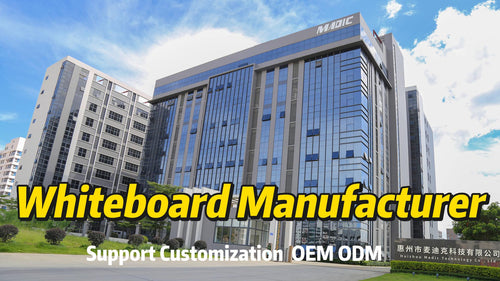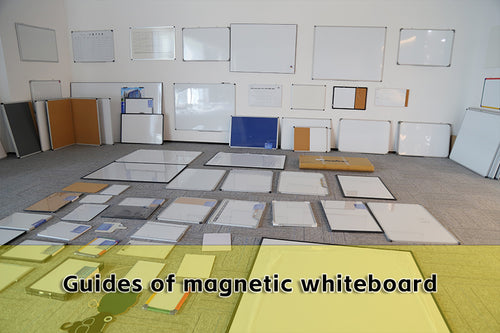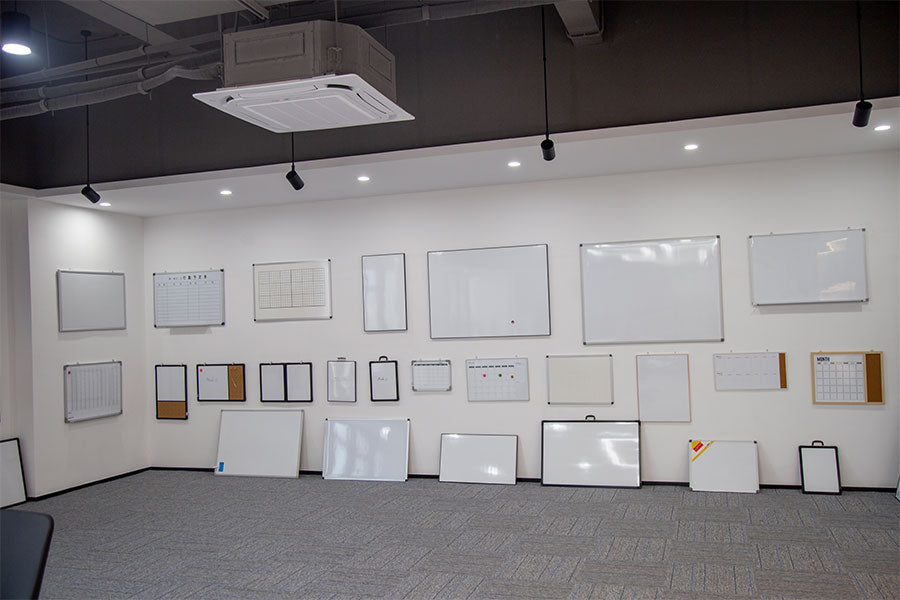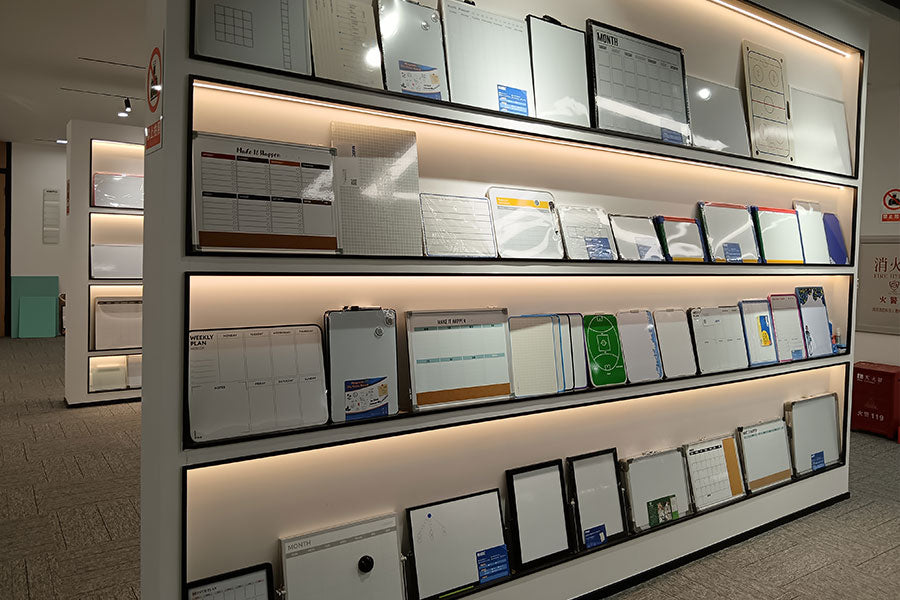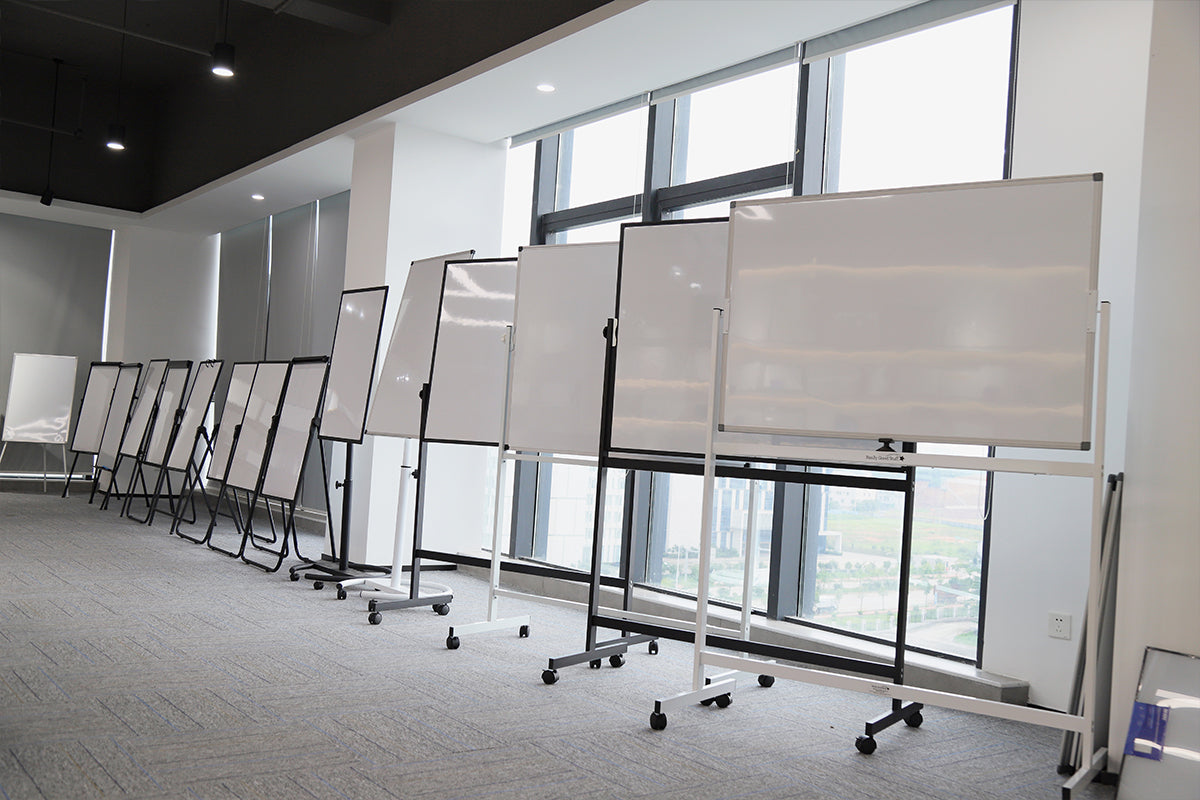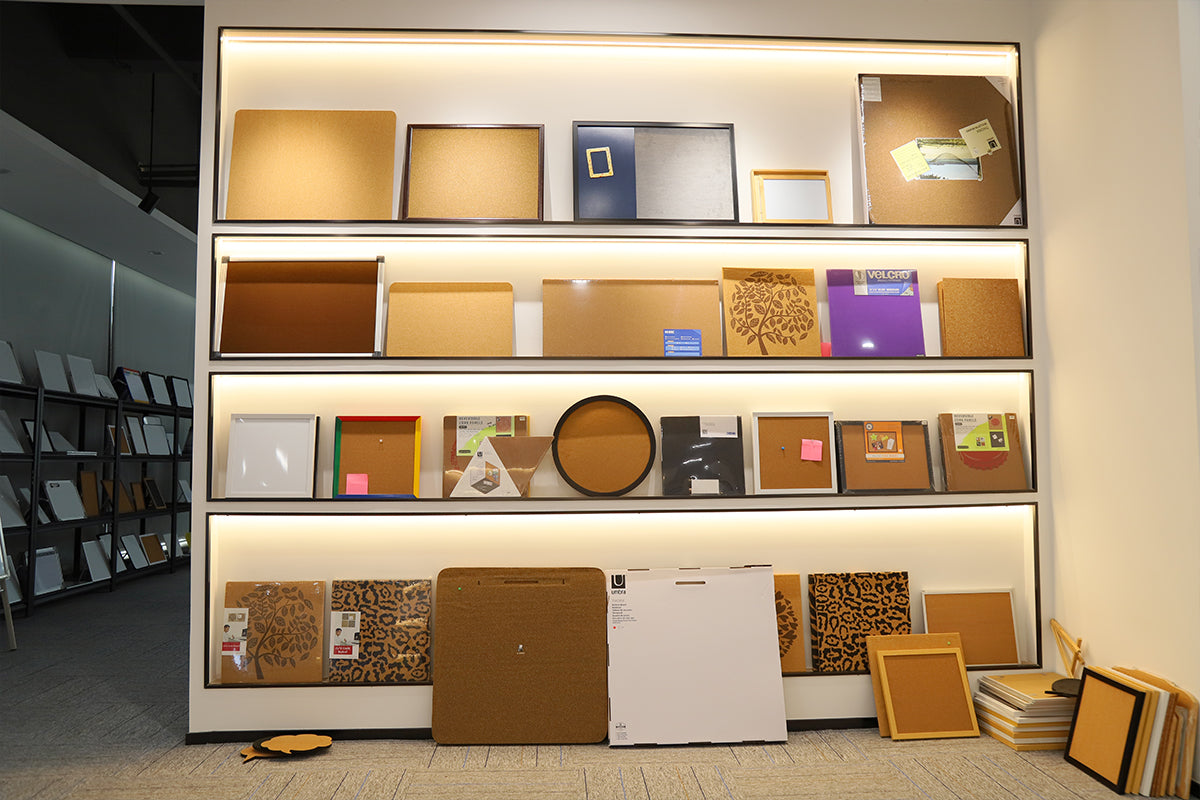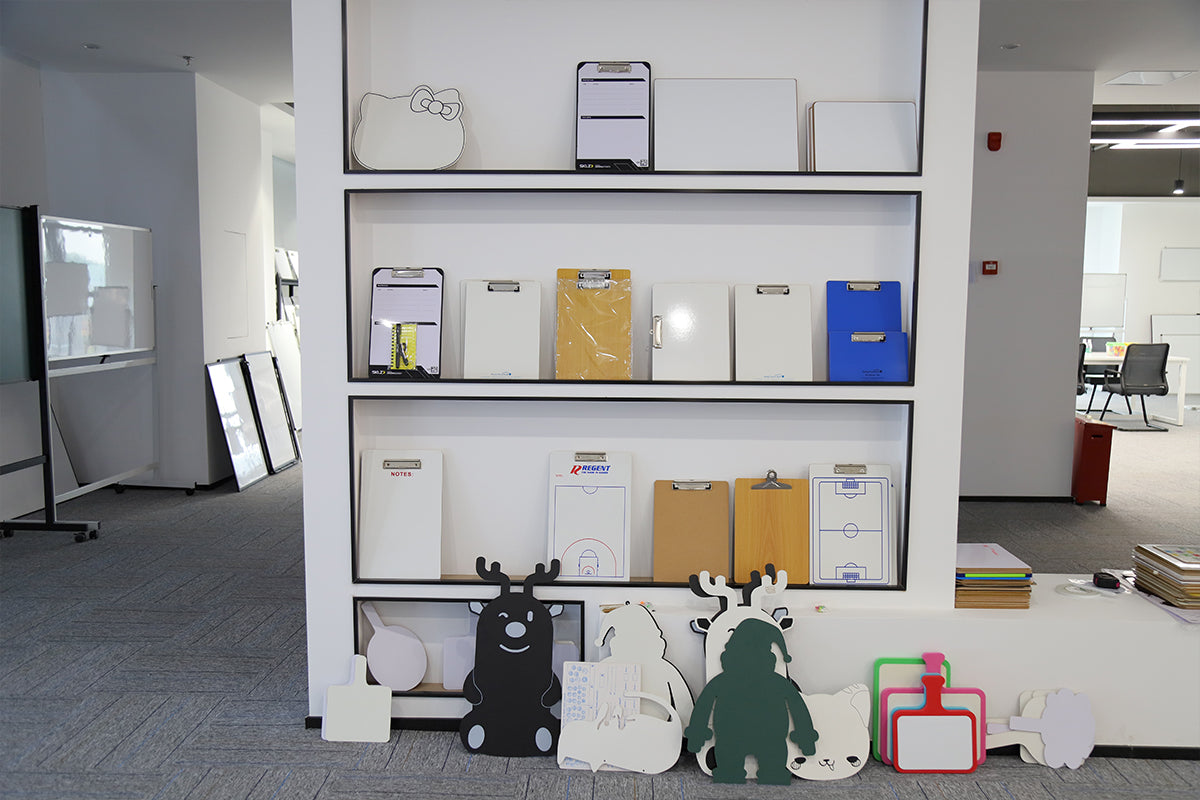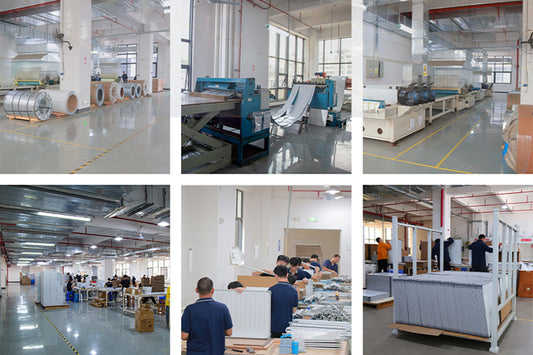What are the benefits of using a whiteboard in a classroom or office setting?
Why are whiteboards important in a learning or working environment?
Whiteboards have become an essential tool in both classrooms and office settings due to their numerous benefits. They offer a versatile and interactive platform for communication, brainstorming, and organizing ideas. Let's explore the advantages of using a whiteboard in these environments.
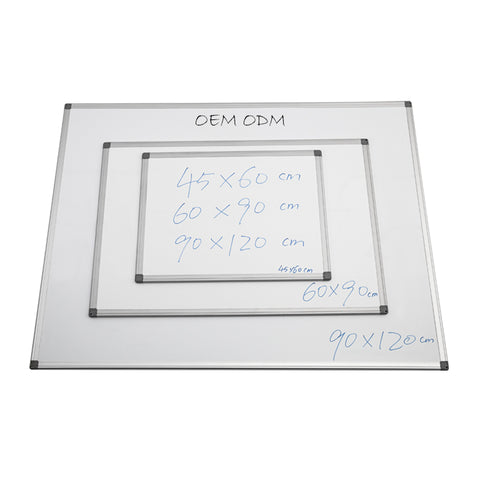
1. Enhanced Visual Learning
Whiteboards provide a visual learning experience that aids comprehension and retention of information. Whether it's a teacher explaining complex concepts or a team discussing project details, the use of diagrams, charts, and illustrations on a whiteboard can significantly enhance understanding.
2. Increased Engagement and Collaboration
Whiteboards promote active participation and collaboration among individuals. In a classroom, students can actively contribute by solving problems, drawing diagrams, or presenting their ideas. In an office, teams can brainstorm together, share thoughts, and collectively work towards finding solutions.
3. Flexibility and Easy Editing
Unlike traditional blackboards, whiteboards offer the advantage of easy editing. You can quickly erase and modify content, making it convenient to correct mistakes or update information. This flexibility allows for a dynamic and interactive learning or working environment.
4. Organization and Planning
Whiteboards are excellent tools for organizing and planning tasks. In a classroom, teachers can outline lesson plans, create schedules, or display important dates. In an office, whiteboards can be used for project management, task allocation, or tracking progress. They provide a visible and accessible platform for everyone involved.
5. Versatility and Integration
Whiteboards can be integrated with other technologies to enhance their functionality. For example, interactive whiteboards allow users to project digital content, access the internet, or save and share notes. This integration opens up a world of possibilities for interactive presentations, remote collaboration, and multimedia learning.
6. Cost-Effective and Eco-Friendly
Compared to traditional methods like paper or chalkboards, whiteboards are more cost-effective and environmentally friendly. They eliminate the need for constant paper usage and reduce chalk dust. Additionally, whiteboard markers are long-lasting and refillable, making them a sustainable choice.
7. Easy Maintenance and Durability
Whiteboards are low-maintenance and durable. They can withstand regular use without significant wear and tear. Cleaning whiteboards is a simple task, requiring only a dry eraser or a damp cloth. This ease of maintenance ensures that the whiteboard remains in good condition for an extended period.
Conclusion
In conclusion, the benefits of using a whiteboard in both classroom and office settings are undeniable. From enhancing visual learning and promoting collaboration to providing flexibility and organization, whiteboards have become indispensable tools. Their versatility, cost-effectiveness, and easy maintenance make them a preferred choice for educators and professionals alike. Embracing whiteboards can lead to more engaging, interactive, and productive learning and working environments.

